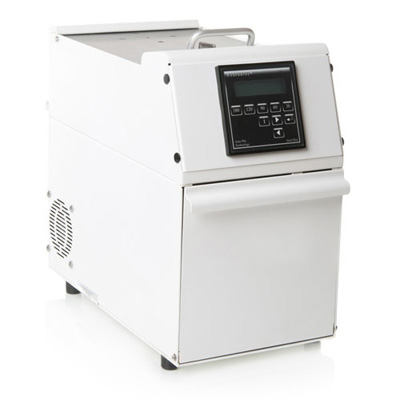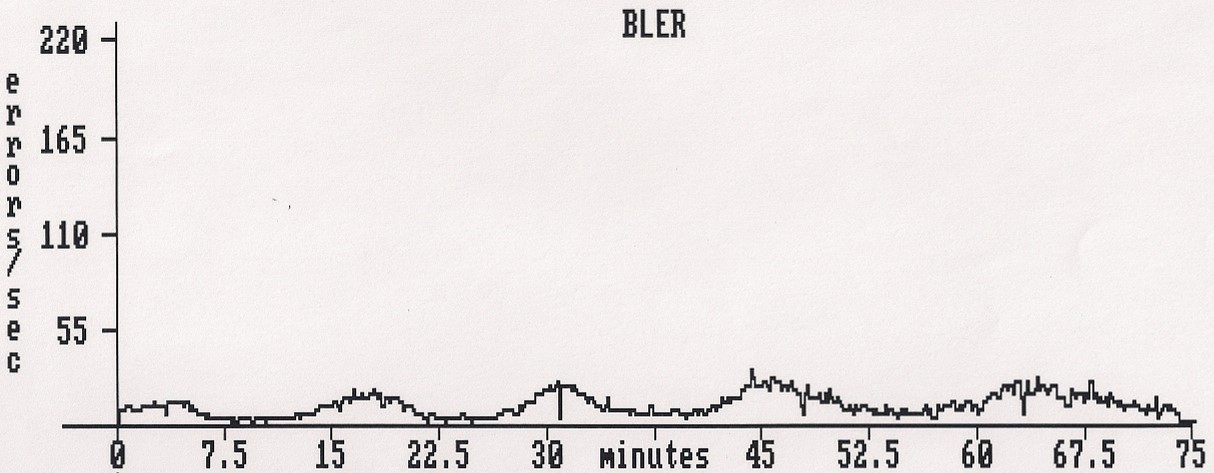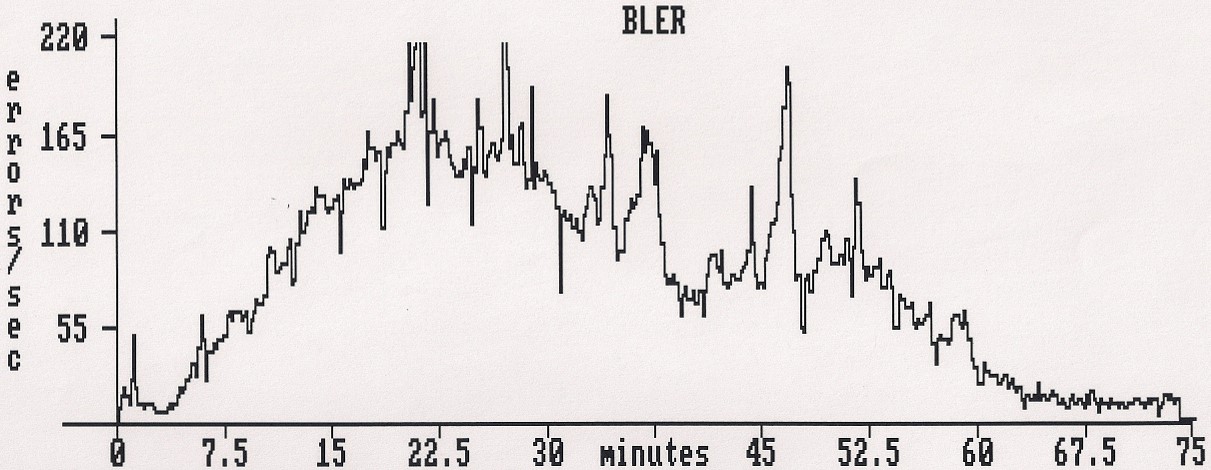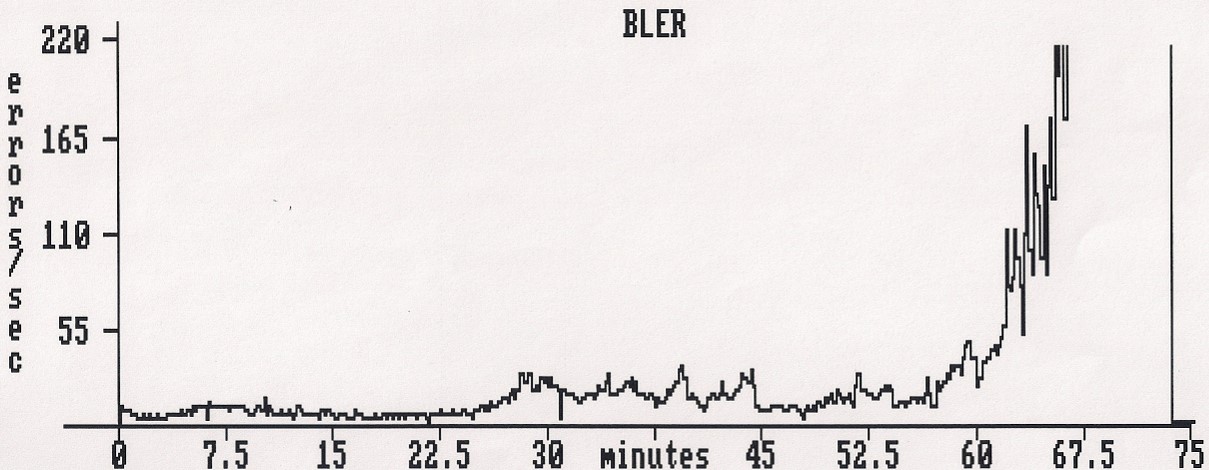- Home
- Damage and Repair
- DVD Scratch Repair
DVD Scratch Repair
For DVD scratches, DVD scratch repair techniques may be required to make problem discs playable. If a scratch is severe enough, it could lead to problems reading files or the DVD may be completely unreadable. The best solution for a problematic disc is to access the backup copy. However, often there is no second copy. Therefore, if the use of other non-invasive methods such as trying to read the disc in other drives or using disc recovery software to try and read the DVD have not worked, then DVD scratch repair is necessary.
At this point, the assumption is that trying to recover the disc may lead to even more damage and so these techniques are last resort type treatments.
DVD Scratch Repair Treatments
There are several types of DVD scratch removal methods. Filling the scratch with a substance is one technique. Polishing out the scratch with various compounds, usually in liquid form, is another. In general, these types of scratch repair are not very effective. The DVD repair page of this website offers more information on these DVD scratch repair methods.
Sanding and Polishing Treatment
The third DVD scratch removal method involves sanding the disc with fine sandpaper down to the level of the scratch and then repolishing the disc so that the base is transparent once again. This technique requires specialized equipment and has the greatest chance of success when compared to the other methods. Used DVD or CD stores usually possess this equipment and offer a scratch repair service for a fee. Alternatively, one can purchase this equipment.
Scratch Repair Equipment
The equipment for repairing scratched DVD is found in two forms. The cheaper equipment uses manual force to sand and polish the DVDs and is shown below.

There is also equipment that is automated and the effectiveness of the treatment corresponds to what is obtained with the manual instrument. Finally, there are the more professional machines. These machines provide the best chance at recovering a DVD from problematic scratches and discussed in more detail below.

Types of Optical Discs Used in Sanding and Polishing Machines
This scratch repair equipment can be used with CDs and DVDs of all formats. For CDs, the repair method has the greatest chance of success. CDs have a thick plastic base and loss of a little bit of polycarbonate plastic due to sanding, likely will not affect how the laser is able to focus on the information layer.
For DVDs, the procedure is riskier. A DVD is two discs, half the thickness of a CD, glued together. For single layer discs, the information layer and metal layer are at the top of the disc, but another “dummy” disc is glued on top. The information and metal layers are therefore protected by 0.6 mm of plastic on either side and the base of the disc is essentially only approximately 0.6 mm thick as compared to about 1.1 mm for CDs. Because of the base thickness differences between a CD and DVD, there is much less plastic to sand away to remove a scratch for a DVD disc. Also, small changes in the thickness of the DVD base will affect how the laser light interacts with the disc more than with a CD.
This scratch removal remedy is not useable on Blu-ray discs. In these discs, the important disc layers such as the information layer and metal layer are close to the base of the disc. There is no plastic to sand away should a scratch be present. This is the reason Blu-rays have an extra layer applied to the disc base to help prevent scratches.
Problems with DVD Scratch Repair Machines
One of the main problems that can occur with a DVD scratch repair machine is the uneven sanding of the disc. This unevenness will cause warping and balance issues as the disc spins in the drive. The experiments summarized below illustrate the effect of uneven sanding.
A CD was subjected to scratch repair in a commercially available scratch repair machine. The image below shows the analysis of a CD in pristine condition and with no scratches on the base of the disc. This is a good quality disc with a low error rate or BLER (block error rate) of 9.1 for the complete disc.

Next the CD was significantly scratched and the disc analyzed. The amount of errors rose substantially, especially in the middle part of the disc to an average of 83.7 for the whole disc.

Finally, using the DVD scratch repair equipment, the CD was repaired so that the scratch was no longer visible. The average error rate for the CD was 198.2, which is higher than the unrepaired scratched disc. As is evident from the image below, up until the 60-minute mark, the CD was well restored from the scratches. However, towards the end of the disc or at the outer portion the error rate rose substantially and off the scale. This effect usually occurs with disc warping or there is uneven sanding.

Conclusion
The disc sanding and polishing machine is likely the best option for recovering CDs and DVDs from scratches. However, as illustrated above, it can still create additional problems. In an experiment involving 27 scratched CDs and using sanding and polishing equipment, 6 discs or 22 percent improved, 13 CDs or 48 percent remained unchanged, and 8 discs or 30 percent became worse after treatment. This illustrates that this technique is not foolproof and one should always be aware of the risks.